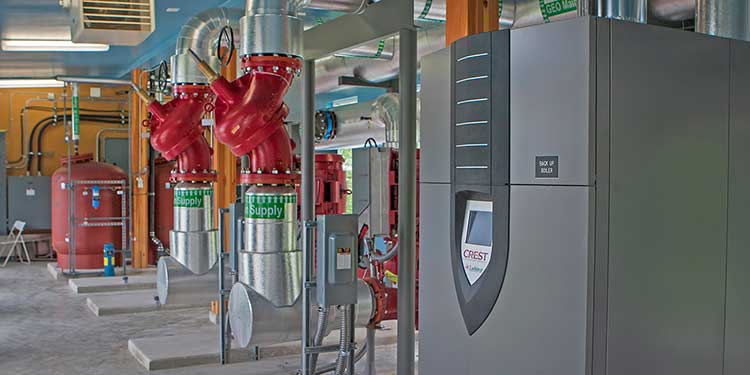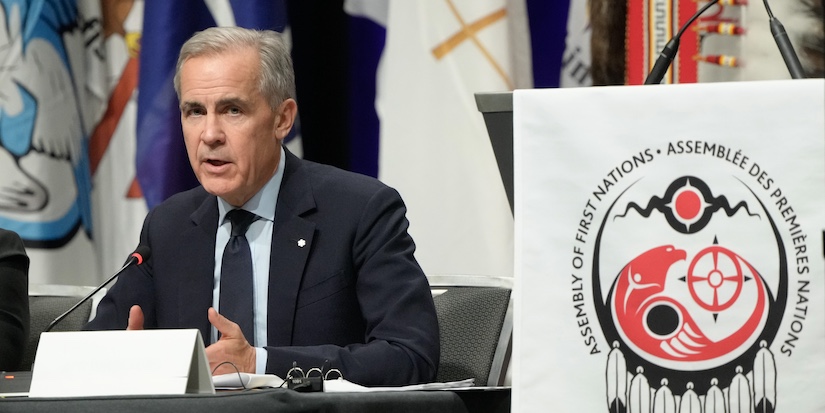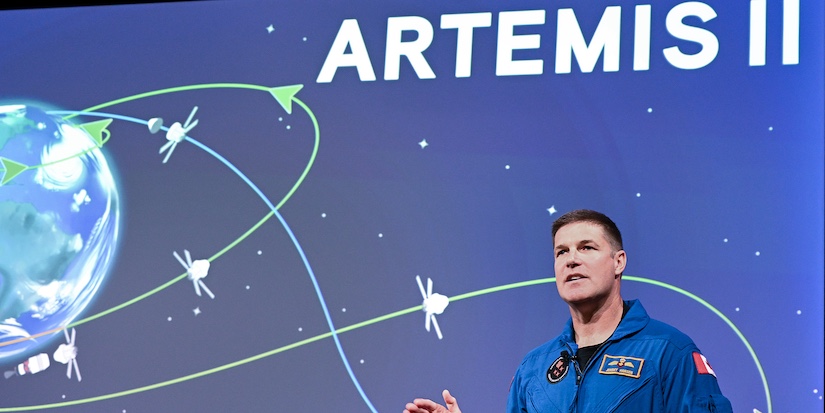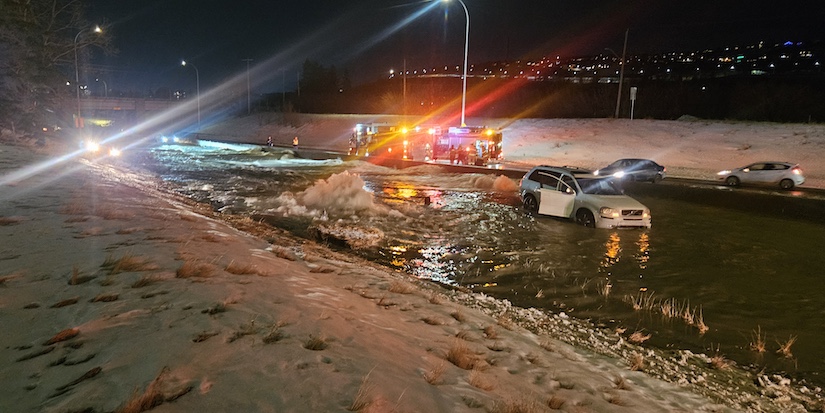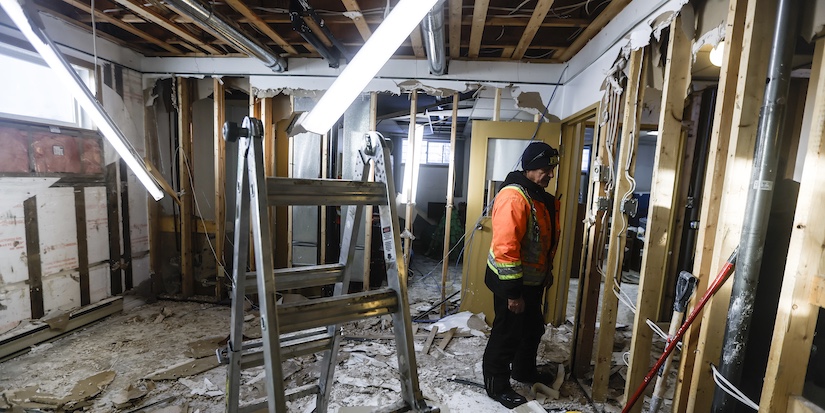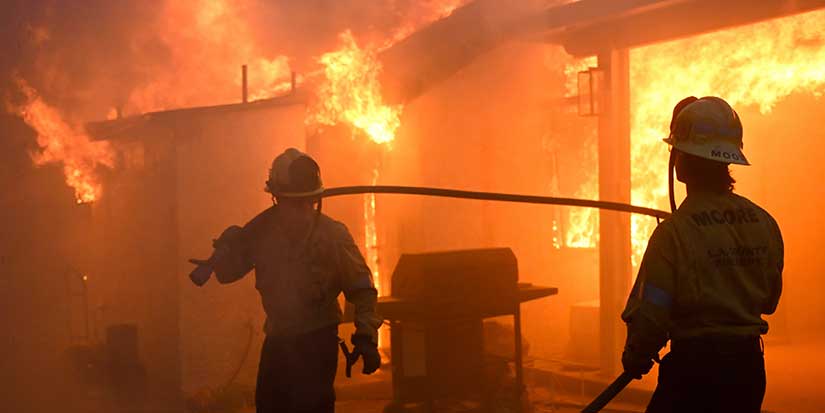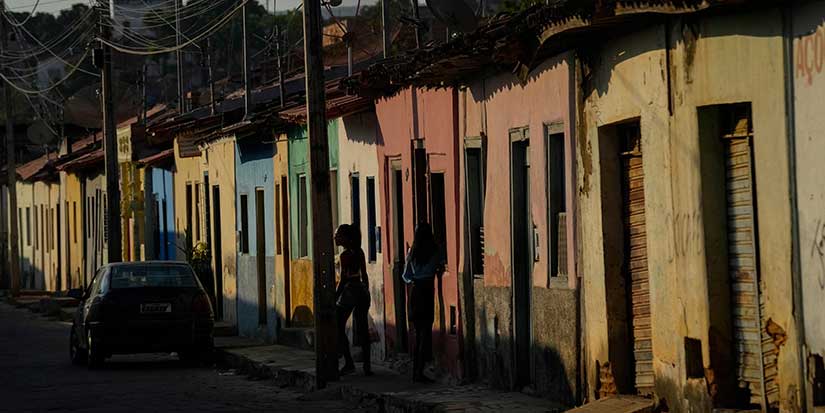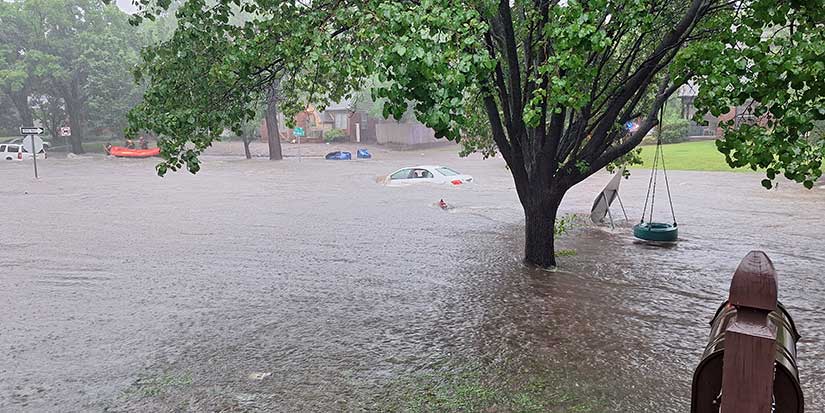Latest News
Richmond committed to fighting climate change

Published 2:29 PDT, Fri March 15, 2019
Richmond is a world leader in
geothermal district energy, energy management and conservation at the local
level. The City is committed to reducing community Greenhouse Gas (GHG)
emissions from 2007 levels by 33% by 2020 and 80% by 2050. The City has reduced
its overall greenhouse gas emissions by 12% between 2007 and 2015, despite a
similar percentage of growth in population during the same period.
Community centres at South Arm,
West Richmond, Thompson and City Centre, Steveston Tram, Fire Halls No. 1
through No. 6 and the RCMP Community Safety Building use very little natural
gas for space heating or none at all. The City has already reduced natural gas
use by 25% since 2007 and expects to reduce consumption even further as the new
Minoru Centre and other projects are completed, with a target to reduce GHG
emissions by 65% (below 2007 levels) from civic buildings by 2020.
Richmond estimates that by 2025
all new buildings will be “near Net Zero” carbon. Most existing buildings will
have had major renovations by 2050. With increased densification that will
result in reduced energy needs and reduced carbon emissions.
The City’s Alexandra District
Energy Utility has been using 100% renewable, totally clean, geothermal heat
energy for 3,100 residences in the Odlin Road area since 2012. The Alexandra
District Energy Utility won the International District Energy Association’s “System
of the Year Award” in 2016.
Richmond received further awards
in 2018 when it was first in North America to add an air source heat pump to a
large retail development.
As the area around the Olympic Oval and recently approved
City Centre developments are completed, district energy will replace electric
baseboard heaters and natural gas in 16,000 residences already approved. As
Richmond densifies, and even more new residences are built, much of Richmond’s
City Centre will be heated and/or cooled using a range of renewable energy
sources. The rates charged are slightly below BC Hydro rates, and each project
will be paid for in 17 years.
For years, many of us have been
questioning the advisability of spending $12 billion building the Site C Dam
for hydroelectricity rather than keeping the valley for food production. The
Site C Dam will take 80 years to pay off, and hydro rates will increase.
The cost of solar is decreasing,
and Richmond will be installing solar on the rooftop of Brighouse Fire Hall No.
1 and potentially the new Minoru Centre for Active Living. The first solar roof
single family subdivision in BC has been built in Steveston. City staff
estimate that solar costs and hydro costs will soon be equal. Richmond is
monitoring these projects to determine when it will be feasible to start
developing solar district energy. A group of UBC scientists headed by
Dr. Stephen Sheppard estimates
that roof-top solar can generate enough power for 900,000 homes, twice the
output of the Site C Dam.
When will we admit we have a
world wide climate crisis?
Our senior governments are quick
to subsidize hydro, pipelines and liquefied natural gas (LNG) with billions of
dollars, but there are no subsidies for clean, renewable, energy alternatives
like geothermal, solar and wind. LNG produces the same greenhouse gases as coal
and oil. Richmond’s reduced need for natural gas for heating in the West Cambie
area has already taken the equivalent of 710 cars off the road. Yet our
provincial and federal governments are hell bent on taking the natural gas we
have worked hard to conserve and converting it to LNG. They will use hydro
energy at the Site C Dam to produce and export the LNG overseas. Does anyone
else care?
